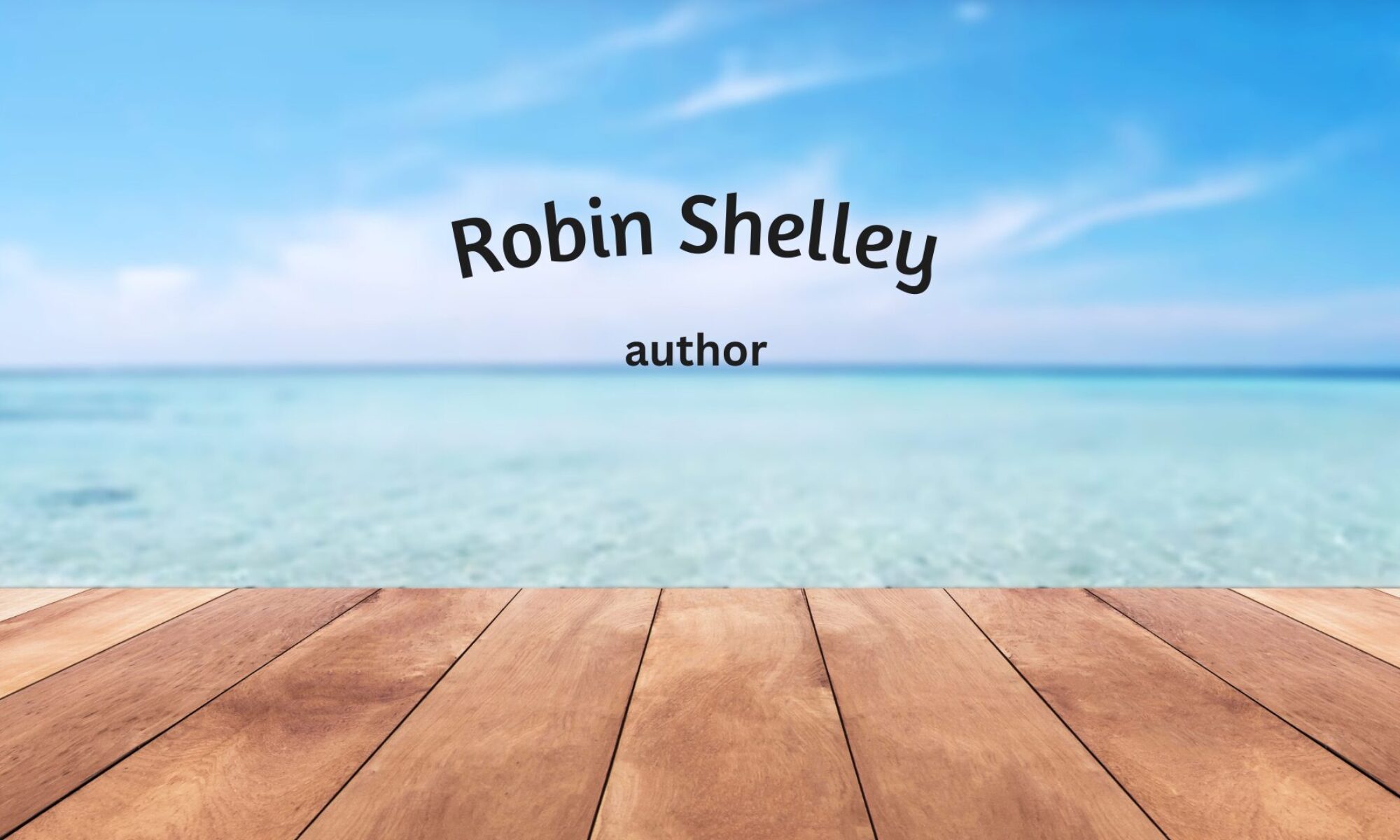
So…I had my first interview as an author, and I’m not even published yet! How did that happen, you ask?
I’m a retired high school teacher. Brandon, one of my past video production students, asked to interview me for a college class assignment. It was a perfect combo. I helped him for his class, and he gave me experience for (hopefully) future interviews. I think he did a great job! (Audio link at bottom.)
At the time of the interview, I hadn’t finished the first draft of my second book, THE INFINITY FACTOR, so we talked more about my first novel, LIGHTHOUSE LANE. Unfortunately, book one hasn’t been picked up by an agent yet. (That’s why I started writing book two.) Now that I’ve finished THE INFINITY FACTOR, I’m finally posting the interview (recorded back in November). I know. I know. But I had to focus on my writing and editing! In the interview, you might notice I called my new book THE IMMORTALITY FACTOR. Somewhere in the process, I changed the title slightly to THE INFINITY FACTOR. It rolls off the tongue better, don’t you think?
 What is my genre?
What is my genre?
Since this interview, I had a revelation. Apparently I’m a romance writer! I think I didn’t want to admit it, since I had a preconceived idea of what that meant. Now I realize there are so many more variations in the romance genre than I knew. Both of my novels follow the typical romance structure such as the meet cute, questioning the relationship, trials and a dark moment, sacrifice, HEA (happily ever after), etc. Also, it’s normal for any book to merge into more than one genre. LIGHTHOUSE LANE, my first novel, is romance merged with historical fiction. THE INFINITY FACTOR, my second novel, is romance merged with low fantasy. Have you seen the new page on my website for THE INFINITY FACTOR? Click the title to check it out!
For you
I hope you take a few minutes to kick back and listen to the audio interview. The link is below. It runs under ten minutes (even though the assignment was for three minutes!) I guess I love to talk about writing. Let me know how you think we did for our first time! Thank you, Brandon, for interviewing me. I thought you did a fantastic job!
Thanks to all my blog readers for following me on this journey. I hope someday you’ll be able to point at a novel on the shelf at a bookstore or library and say, “I know her!” I appreciate your support getting there. And please, ask your reader friends to check out my author website at robinshelley.com where they can sign up to have my blog delivered directly to their email. It has lots of book reviews on some great reads, along with updates on my writing journey. Tell fellow readers I’m also on Facebook and Instagram @author.robin.shelley.
Happy Reading (and Listening)!
Robin


 What is my genre?
What is my genre?







 I’m a pantser with
I’m a pantser with 




 I bought a small pack of pretty folders. I labeled the obvious topics on them: Décor, Travel, Recipes, etc. I gathered up all my piles and began sorting. Some things went directly to the trash. I’d already tried it, it was outdated, or my tastes had simply changed. I set the writing inspirational clippings together in a different pile since I noticed most of these were small. I had a different idea for them.
I bought a small pack of pretty folders. I labeled the obvious topics on them: Décor, Travel, Recipes, etc. I gathered up all my piles and began sorting. Some things went directly to the trash. I’d already tried it, it was outdated, or my tastes had simply changed. I set the writing inspirational clippings together in a different pile since I noticed most of these were small. I had a different idea for them.